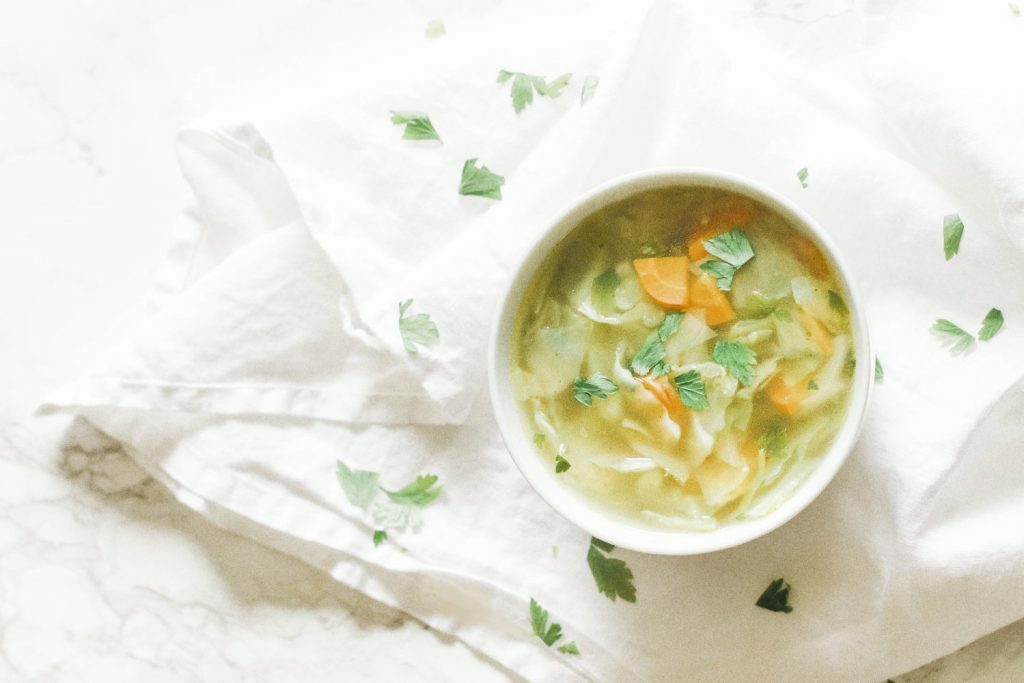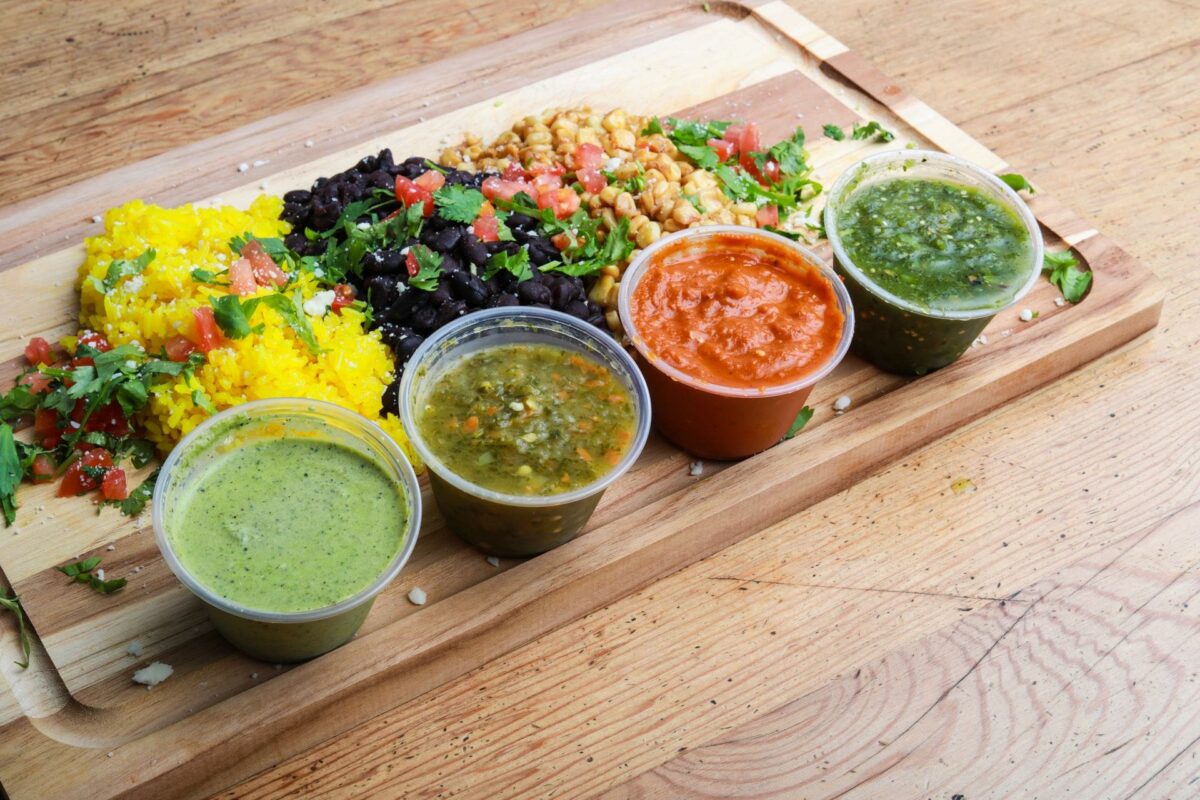Whey protein is probably the best known “fitness food”. We’ve all heard of it, but many people don’t really know what it is. Discovered as a by-product of cheese production, whey protein has been popularized and marketed as a protein supplement.
Today, the global whey protein market size was estimated at $8.7 billion in 2019, and the demand is expected to grow at a CAGR of over 11 percent from 2020 to 2027.
Whey protein is an excellent option if you’re looking for ways to add more protein to your diet. Regardless of your eating habits, there are many reasons to include whey protein in your meals. Whether you’re a vegetarian or already getting your protein from meat, you can benefit from whey protein. It is a complete protein containing all the essential amino acids your body needs.
The protein has numerous health benefits, including nutritional boost, weight loss, muscle growth, wound healing, and improved heart health. This post will discuss four ways to incorporate whey protein into your daily diet.
1. Add Whey Protein To Your Morning Smoothie Or Shake
Smoothies are a great way to start your day or drink as a quick snack. Add the protein powder to make them more filling and satisfying. If you don’t have time for a smoothie, mix the protein powder with water or milk for a shake. You can also add it to coffee or tea.
You can make smoothies with different ingredients like fruits, vegetables, and yogurt. If you want a chocolate flavor, add cocoa powder or chocolate protein powder. For a vanilla flavor, add vanilla extract or vanilla powder with protein.
Here are some smoothie recipes:
-Chocolate Banana Protein Smoothie
-Green Monster Protein Smoothie
-Pina Colada Protein Smoothie
-Strawberry Banana Protein Smoothie
-Tropical Sunrise Protein Shake
Blend all ingredients until smooth, and enjoy!
Adding this protein to your diet is a simple and easy way to get more protein. It can help you lose weight, build muscle, and improve your overall health.
2. Mix The Powder Into Yogurt Or Cereal
Yogurt is beneficial for gut health. Adding protein to yogurt can help you meet your daily protein needs while also getting probiotics.
You can mix the protein powder into cereal if you don’t like yogurt. It is a great way to increase the protein content of a meal or snack without changing the flavor too much.
3. Add The Powder To Pancake Or Waffle Batter
Pancakes and waffles are a staple in many households, but they often lack the protein needed to fuel your body throughout the day. Adding protein isolate to your pancake or waffle batter is an easy way to increase the protein content without changing the taste.
To do this, add a small cup of protein isolate for every cup of pancake or waffle mix. You can also add a scoop of protein powder to your favorite pancakes or waffles recipe.
If you use a premade mix, check the label to see if it already contains isolates.
4. Use Whey Protein Powder In Baking Recipes

Cakes, cookies, muffins, and even bread can be made with protein powder. First, substitute the protein for some of the flour called for in the recipe. Then, add a half teaspoon of baking powder to the recipe for every cup of flour replaced with a protein.
Final Words
When it comes to whey protein, there are many ways to work it into your diet. Whether looking for a healthy snack or a way to fuel your workout, incorporating protein into your daily routine is a great way to ensure you get the nutrients you need.


























